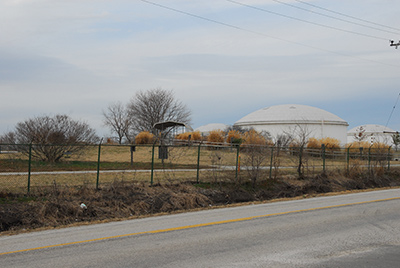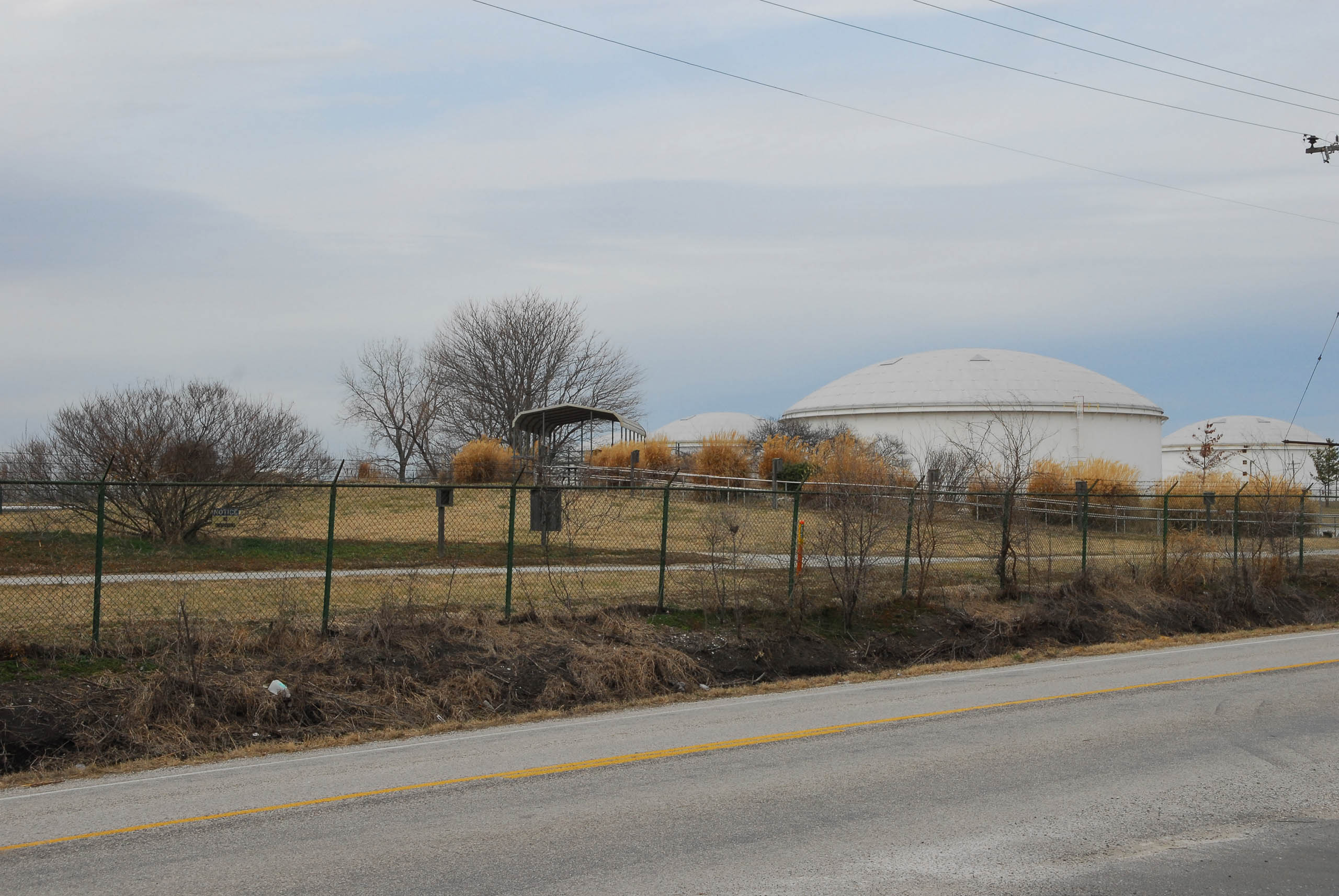



In 2000 the US EPA designated the 800-acre former BP Wood River Refinery property as one of only five Resource Conservation and Recovery Act (RCRA) Brownfields Prevention Initiative pilot projects. This action was launched in an effort to develop new models of “cooperative conservation” by bringing together a range of partnerships for the reuse of contaminated lands. Fundamentally, this National Brownfields project allowed BP to parcel-up the 800 acres into smaller parcels in an effort to accelerate cleanup and redevelopment. Deer Park, the 30-acre centerpiece of the remediation project, sits nestled in the shadows of operating tank and refinery operations. It was officially certified by the Wildlife Habitat Council soon after opening in 2002 and has been re-certified multiple times since. In addition to an ADA-accessible trail, open space, a native pollinator garden, and future commercial uses, this unlikely wildlife sanctuary also boasts a pavilion and meditation center. The wildlife spotted in what BP itself terms an “improbable” park include a deer herd, wild turkey, coyote, opossum, hawks, and waterfowl. In 2007 the park was designated a Corporate Lands for Learning site, encouraging local schools to use the site for student activities. Interpretive signage informs the public about the natural habitat of the Wood River sanctuary—if not the history of the contaminated soil on which it sits. As of this writing, the park was no longer open to the public.